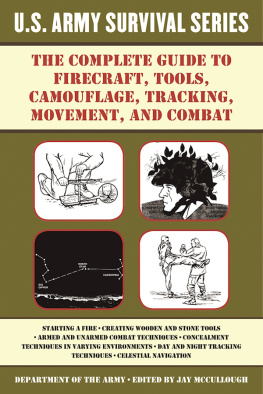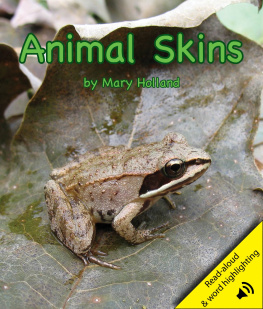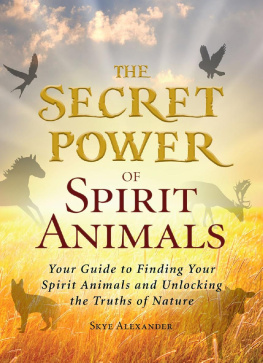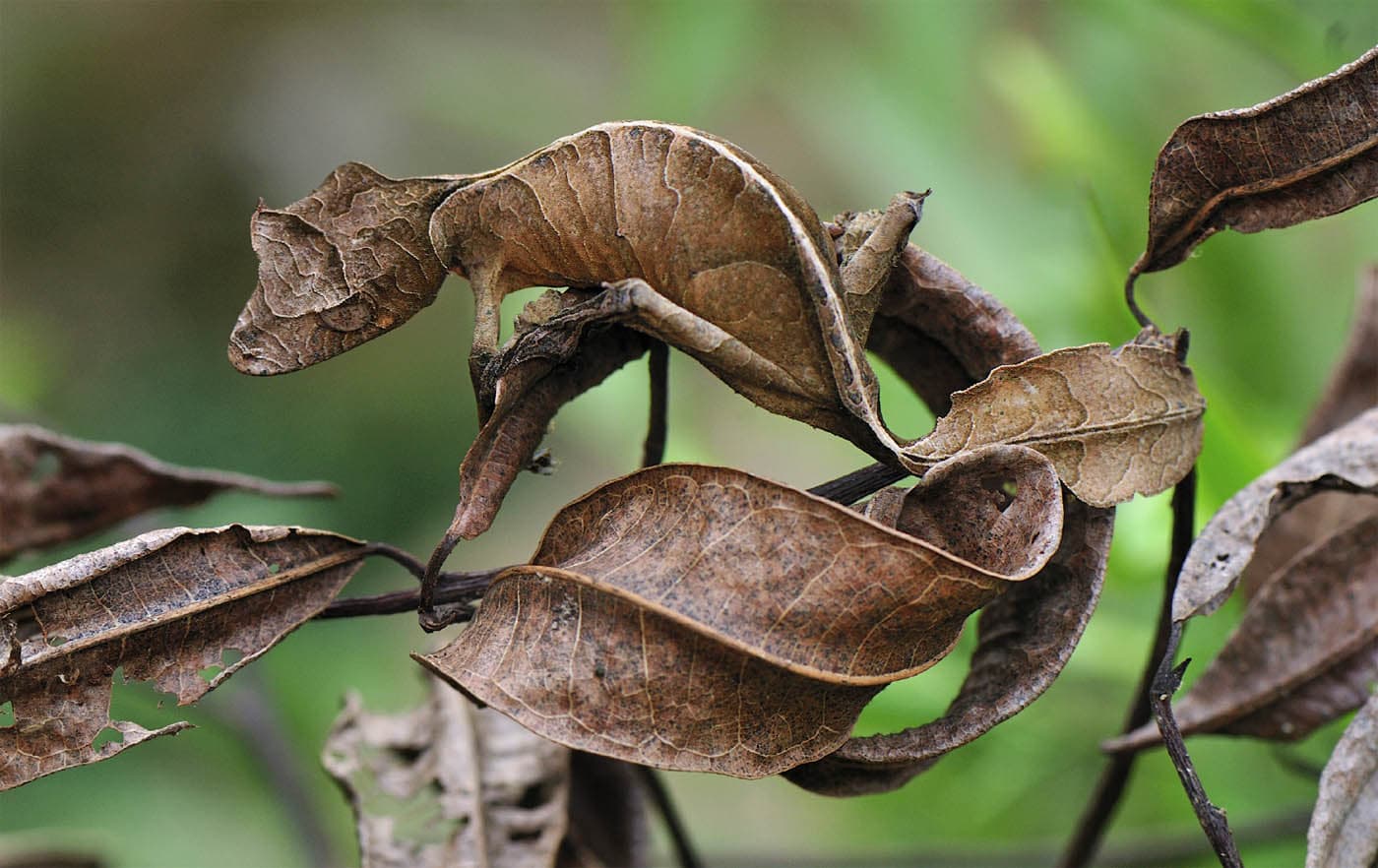The satanic leaf-tailed gecko is a prime example of visual background matching. However, the illusion only works if the lizard remains still or sways in a breeze, exactly like the leaves around. Movement draws attention from predators such as birds.
CAMOUFLAGE AND THE SENSES
Humans are primarily visual. Compared to most creatures, our eyes see many colours and details. So, we think of camouflage in visual terms. But sight is of little use in habitats such as the deep sea, inside caves, in forests at night, or in the earth. Vast numbers of animals sense the world very differently to us. Some have olfaction (smell) as their main sense, others have hearing or detecting movements and vibrations.
Camouflage can work here too. Some moths have sound-absorbing hairy bodies and wing surfaces that disrupt the ultrasonic clicks used by bats to detect prey. Certain caterpillars, fish like the harlequin filefish (see ) and a few snakes emit chemical odours gained from their surroundings or their food, so they cannot be sniffed out by predators. Cave crickets, deep-sea fish and burrowing reptiles are able to modify their movements, and the vibrations these send out, again to avoid detection by enemies.
COMMON FORMS OF CAMOUFLAGE
Perhaps the most familiar type of camouflage is visual background matching, also called cryptic or concealing coloration. An animal looks like something common, uninteresting and of little worth in its environment, such as a dead leaf or pebble. However, a hungry hunter would soon notice if a dead-leaf toad (see ) did not sway in the breeze like the twigs around it. This illustrates the importance of behaviour and movement as well as appearance in visual camouflage.
IUCN CONSERVATION STATUS
The Conservation Status included in the information panel for each animal is taken from the International Union for the Conservation of Nature (IUCN) Red List of Threatened Species.
- NOT EVALUATED, DATA DEFICIENT no suitable, or not enough, information to assess.
- LEAST CONCERN (ALSO LOWER RISK) doing alright, unlikely to be at risk in the near future.
- NEAR THREATENED increasing threat levels, possible extinction in the medium-near future.
- VULNERABLE at risk of extinction soon, human support required.
- ENDANGERED high risk of extinction, urgent human help vital.
- CRITICALLY ENDANGERED extinction is extremely likely, even with immediate human intervention.
Some kinds, or species, of animals have an extensive geographic distribution across habitats with differing backgrounds. So they have a generalized, all-purpose camouflage, such as complex shades of grey, brown, tawny, rusty, reddish, cream and white for the grey wolf (see ). Also, wolves farther north are larger than those from their southern range, following Bergmanns rule bigger, warm-blooded animal bodies have less surface area compared to bulk volume, and so retain heat better in colder environments. Such variation in physical size also impacts camouflage colours and patterns.
Camouflage can be aggressive, a wolf in sheeps clothing, used by a predator to sneak up on or ambush prey. It may be defensive, employed by prey animals to remain unnoticed by predators. In some species, such as the peacock flounder (see ), it is both of these. Sometimes camouflage is referred to as mimicry. A leaf mantis might be said to mimic the leaves of its environment. However, in biology mimicry also has more specific meanings. For example, the harmless hoverfly is said to mimic a harmful wasp, since both have black and yellow coloration. Most predators learn to avoid wasps, and so they also avoid similar-looking hoverflies. The mimic, the hoverfly, thereby gains by resembling what is called its model, the wasp.
A very different type of camouflage is disruptive coloration or patterning. The aim is to break up or disrupt a creatures recognizable outline and form with bold, contrasting colours and shapes that are designed to be noticed. Black and white, as in killer whales and Malay tapirs (see ), are examples. If the onlookers attention is even briefly distracted by such a confusing and diverting appearance, there is time to escape or attack.
Other aspects of camouflage include self-adornment, shadow elimination and countershading. Some insects, snails, crabs (see ), insects, birds and others can flatten themselves and press down on to a surface, and also orientate themselves to the sun, to avoid giveaway shadows. Many animals have a darker upper side and are lighter underneath, known as countershading, to reduce the effect of sunlight from above lightening the upper surfaces and shadows darkening the underside.
CAMOUFLAGE AND THE STRUGGLE TO SURVIVE
Chameleons (see ), are spread out or grouped into lumps, and also covered or uncovered by surrounding tissues. This modifies the way different wavelengths of light rays are reflected, so altering what the animal looks like. However, the primary aim of changing appearance may well not be camouflage, but the opposite.
Bright, stand-out colours and conspicuous patterns can send many kinds of social signals, convey mood and intent, advertise for a mate, compete against breeding rivals, or be a defensive strategy in the face of threat.














